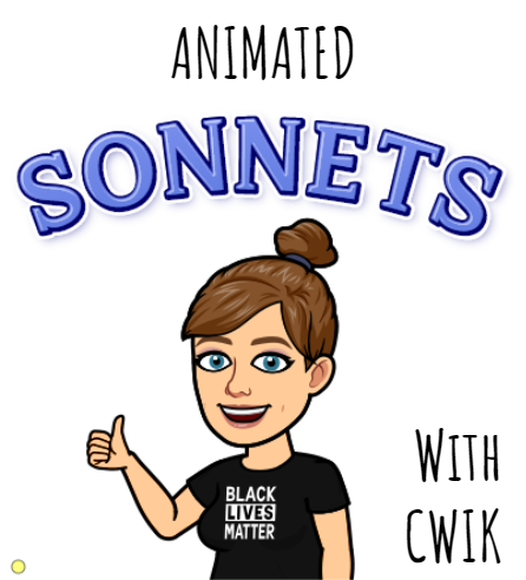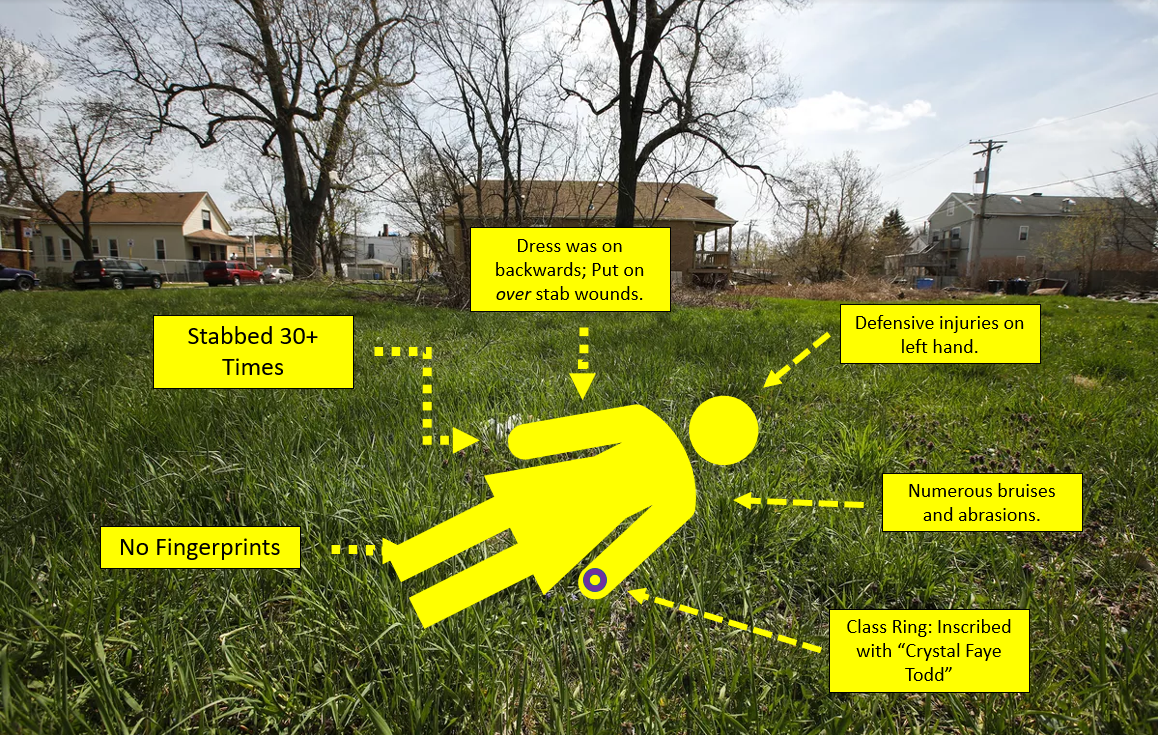|
I'm sitting here - after putting in five hours on a non-school day - trying to think of a witty funny way to introduce the next project my senior AP Literature students and I are going to try out. And I got nothing. It's like I told my brother tonight: "2020 isn't about inspiration. It's about survival." (He made the woeful mistake of allowing me to talk about school). Therefore, no bells and whistles. In putting this unit together, I wanted something that would allow me to get students to think about poetic form (sonnets, in particular) but tie the bigger meaning of structure in poetry. In preparation for creating their sonnets, students will think about the function of each quatrain as well as the final couplet. Then, I'm going to set them free to think about how to depict that meaning. Animating Sonnets Process:
Materials: You'll notice my final product definitely ventured from the storyboard. (Animating is COMPLICATED. Ha ha).
1 Comment
I don't know about you guys, but I am going to be up awhile. (Hopefully in celebration). You'll have to forgive any typos - these results are going to require some vodka sedation. I figured it would be a good time for an update, particularly because I haven't been getting much posted lately. I'm sure if anyone understands, it's other teachers! As I have mentioned, we are in a hybrid format. That means I get half my kids Monday and Tuesday and the other half on Thursday, Friday. Wednesdays, everyone is virtual. When I don't see the kids, they complete online work. Those of you in the same (or a similar) format would probably agree that the kids are struggling with their virtual work. And frankly, I don't blame them. I feel like they are getting about a million videos to watch, materials to read, and disengaging activities. I mean, I am trying my best, and they are remarkably putting up with it, but the virtual days are very difficult to plan for me. How do you interest a kid in an activity that will glue them to a screen for hours? My answer: True crime! The kids may not feel the same way, but I LOVE true crime. Last year, when we adapted the Murder of Allan Ripley, I was so excited to bring my huge interest in forensics and detective work into the classroom, and then, I was even more excited that the kids seemed to love it! Why not do more of the same? This week, we are focusing on argument structure (line of reasoning) and reviewing past concepts. We'll do the traditional Allan Ripley activity during the live days, but I created another virtual true crime activity to hopefully engage the students in these new concepts and review. Introducing.... CSI: AP Language. The premise is simple: Solve the crime! I created a series of tasks which review content and introduce structure. If students can get a perfect score on a task, they can get a clue. Their goal is to gather as much information as they can to solve the crime. I began with what I know. I am the odd duck that falls asleep to Forensic Files every night. (Peter Thomas has to have the most soothing voice... even when he is talking about some pretty grizzly murders). I picked a case I am familiar with and picked out the clues. My course is set up in Schoology, so I use completion folders to require a certain score on each task before they can open the clue. If you don't have that option, you could have students "unlock" clues by handing in their tasks. Also, I apologize that the format isn't the most adaptable. I made everything right in Schoology, so that's the only version I have. Below is the step-by-step, as it appears on my Schoology page: Introduction
|
Archives
February 2024
AuthorSteph Cwikla has been a teacher since 2012, focusing on ELA curriculum. Now, she also works as an instructional coach, helping other teachers improve engagement and instruction. |

 RSS Feed
RSS Feed